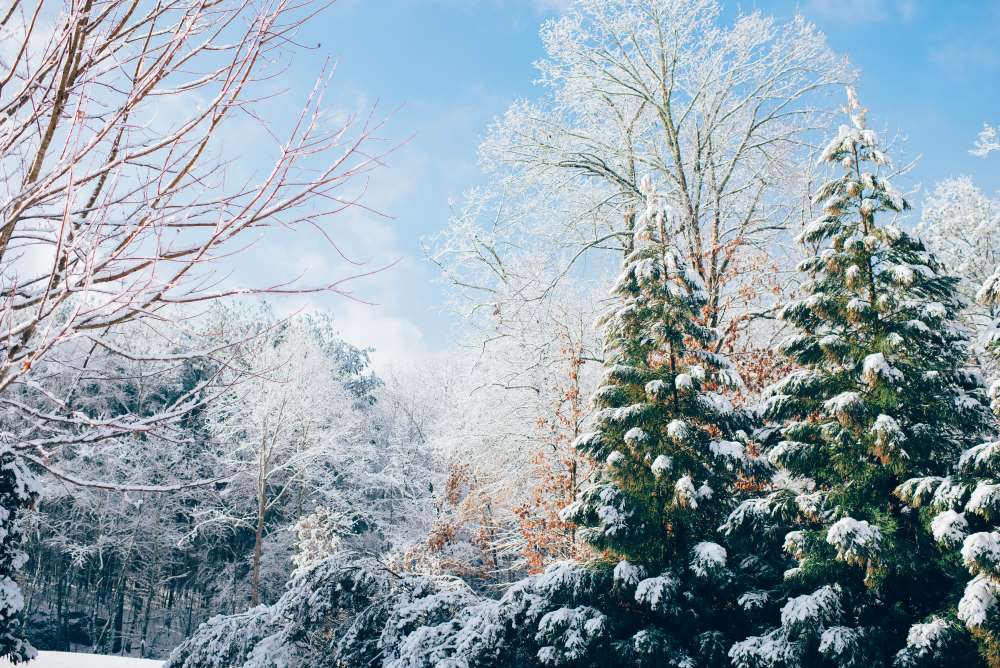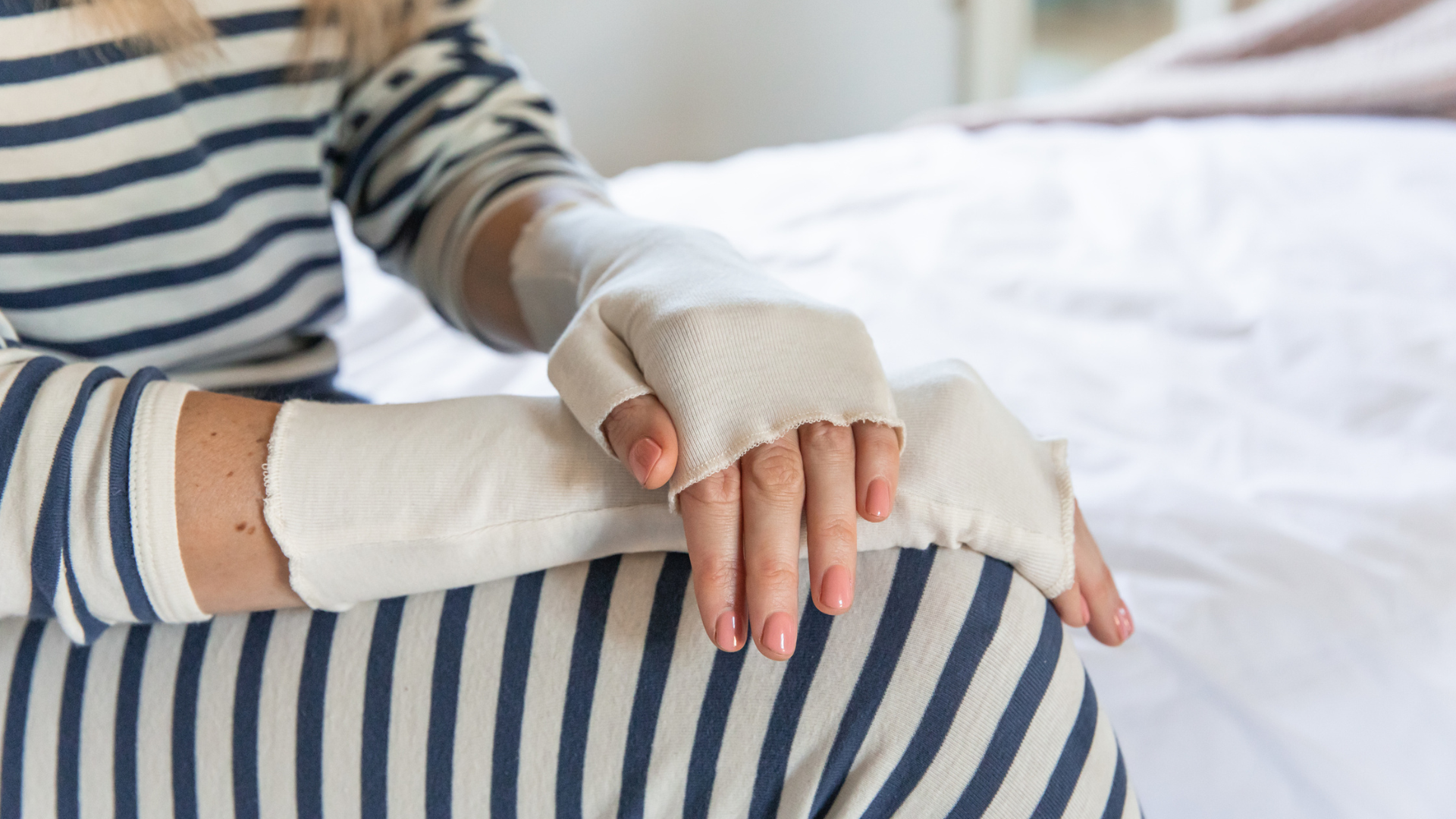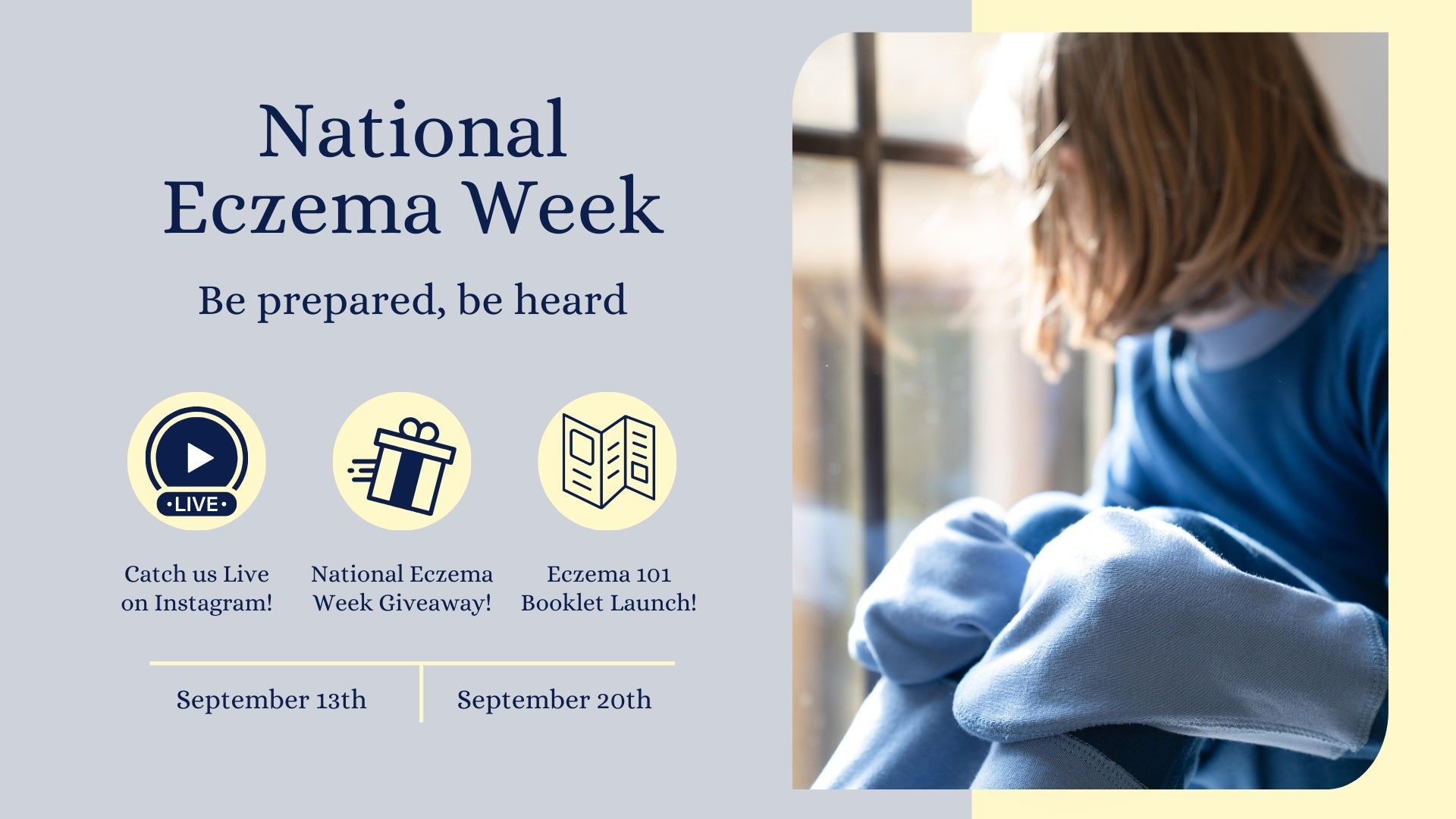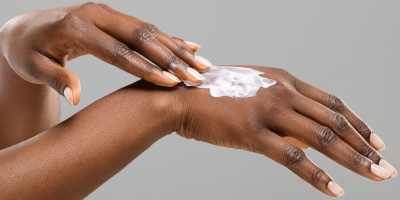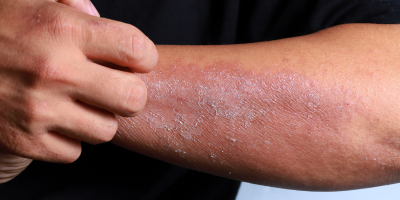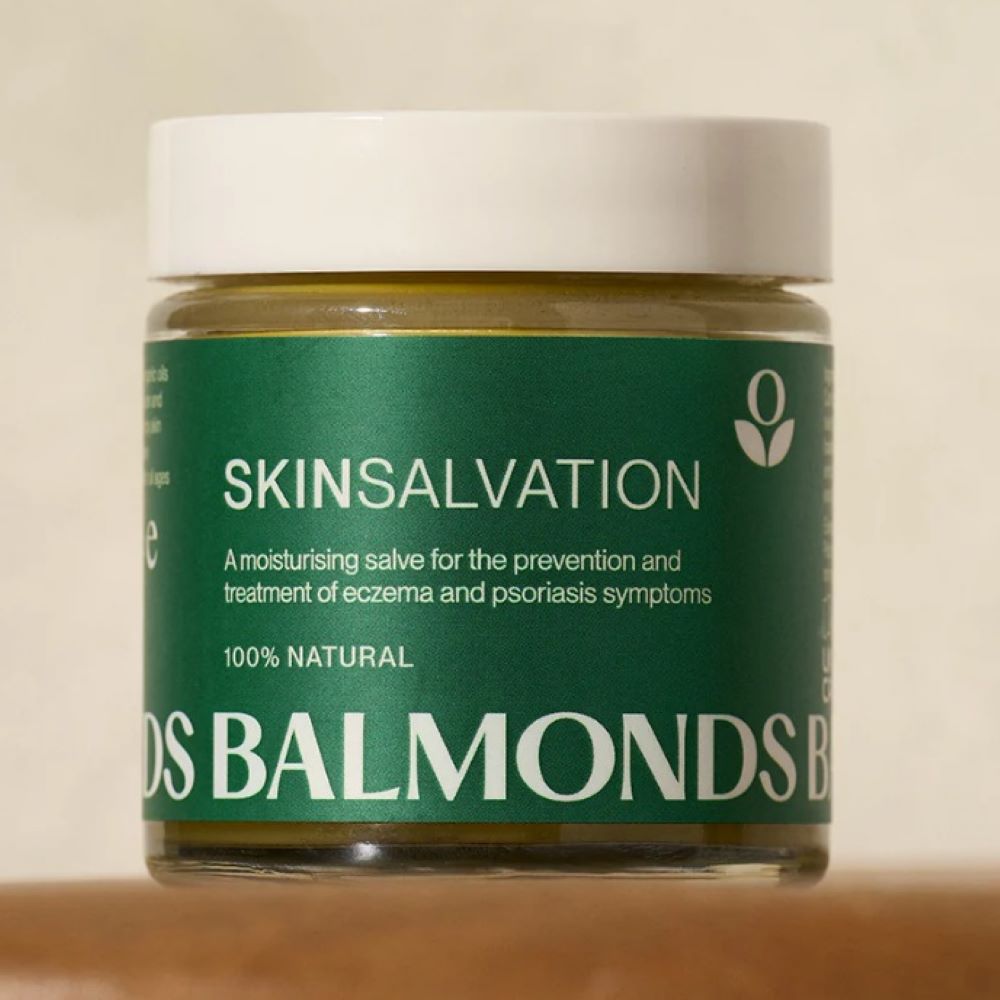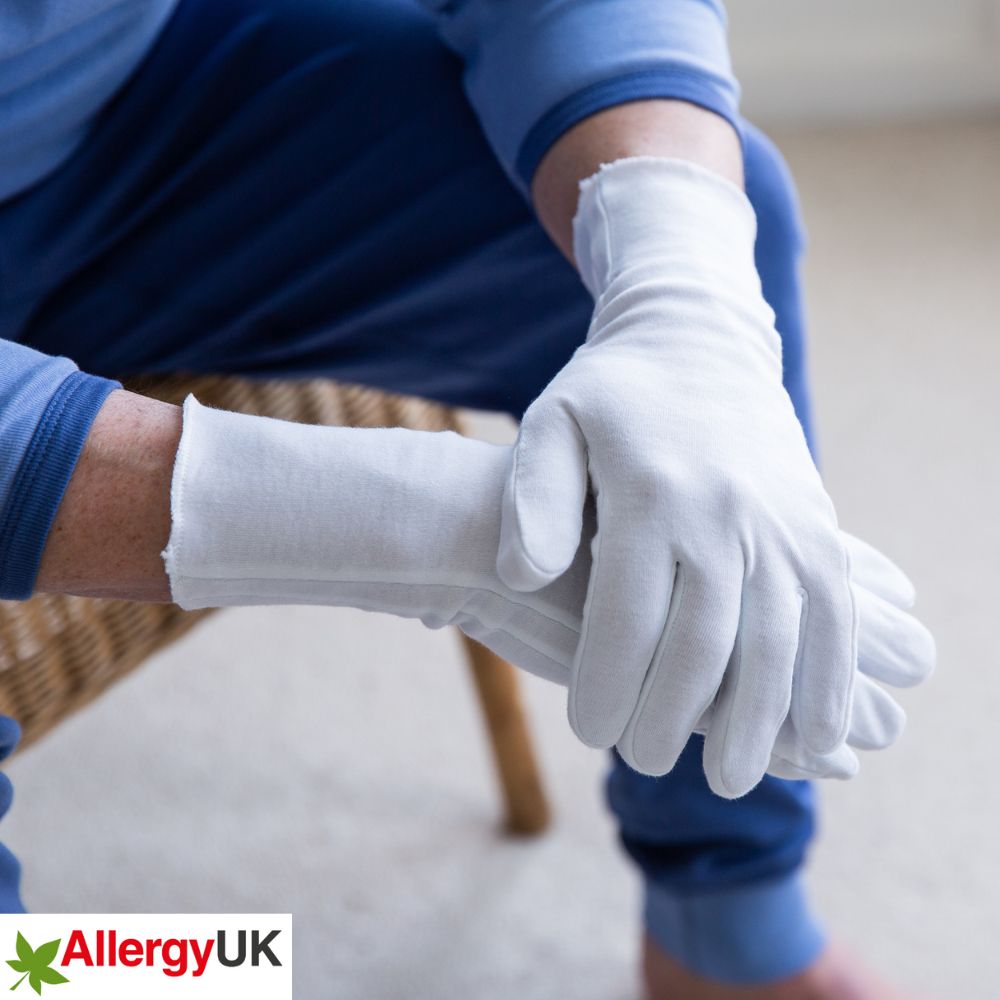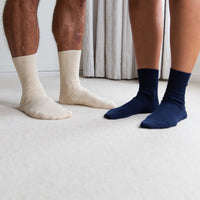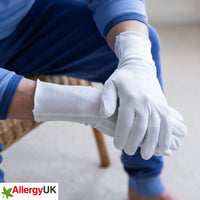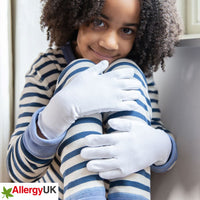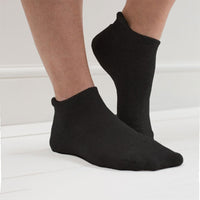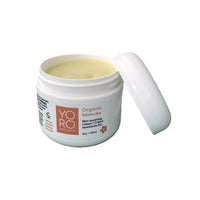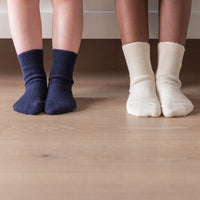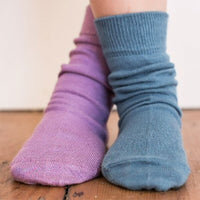Last updated 23rd October 2025
Why Does Winter Trigger Eczema?
While heat is often cited as an eczema trigger, cooler weather rarely brings relief. The real culprit? Temperature fluctuations—whether hot to cold or vice versa—combined with artificial heating and extra layers of clothing.
Central heating systems dry out indoor air, which in turn dehydrates your skin. Dry skin becomes itchy skin, and before you know it, the itch-scratch cycle has begun. Understanding these triggers is the first step to managing them effectively.
Managing Indoor Heating with Eczema
Temperature Control
-
Keep your thermostat at a steady 18-19°C (64-66°F)
-
Avoid placing beds near radiators or heat sources
-
Consistency matters more than warmth. Sudden temperature changes are a major trigger
Humidity Solutions
-
Use a humidifier to maintain moisture levels in the air
-
Place bowls of water near radiators as a simple alternative
-
This helps counteract the drying effects of artificial heat
Creating an Eczema-Friendly Indoor Environment
Air Quality Matters
-
Open windows regularly, even briefly in winter
-
Fresh air circulation reduces dust mites and mould—both common eczema triggers
-
Stale, warm air creates the perfect breeding ground for allergens
Cleaning Tips
-
Vacuum regularly with a HEPA filter if possible
-
Dust with a damp cloth to trap particles rather than dispersing them
-
Regular cleaning reduces trigger exposure significantly
Choosing the Right Winter Clothing for Eczema
This is where many people struggle. Wool jumpers might keep you warm, but their rough fibres can wreak havoc on sensitive skin. Plus, they often trap too much heat, preventing air circulation and drying out your skin.
The Layering Solution
Instead of one thick woollen layer, opt for multiple thin layers made from:
-
Organic cotton (breathable and soft)
-
Silk (smooth and temperature-regulating)
-
Tencel (moisture-wicking and hypoallergenic)
Prioritise Skin-Contact Items
What touches your skin directly matters most:
-
Underwear: Choose organic cotton or silk options
-
Nightwear: Invest in soft, breathable sleepwear designed for sensitive skin
-
Socks: Avoid wool blends; stick to cotton or bamboo
Browse our base layer collection or eczema-friendly essentials that work as a protective barrier under winter clothing.
Winter Accessories for Sensitive Skin
Don't forget your extremities! Cold hands, necks, and heads need protection too, but traditional wool accessories can trigger flare-ups.
Smart Solutions:
-
Look for cotton-lined hats, scarves, and gloves
-
Wear thin cotton gloves under your favorite (but itchy) winter gloves
-
Use a soft cotton beanie as a barrier under wool hats
Explore our outdoor winter accessories range designed specifically for eczema-prone skin.
Bathing and Skincare in Winter
Temperature Management
-
Resist the temptation of hot baths—warm is better
-
Keep your bathroom heated to minimize temperature shock when entering/exiting
-
Dramatic temperature changes are as triggering as the cold itself
Moisturizing Strategy
-
Apply emollient immediately after bathing (within 3 minutes ideally)
-
Increase application frequency during winter months
-
Consider switching to a richer formula if your usual product isn't cutting it
Check out our trusted skincare collection featuring natural products suitable for eczema-prone skin. Always patch test new products before full application.
Internal Hydration and General Health
Your skin needs moisture from the inside out:
-
Drink more water than usual—aim for 8-10 glasses daily
-
Maintain a nutrient-rich diet to support skin barrier function
-
Winter colds and flu can exacerbate eczema, so prioritize immune health
Winter Wellness Tips:
-
Get adequate rest (7-9 hours for adults)
-
Practice good hand hygiene, especially in public spaces
-
Consider vitamin D supplementation (consult your doctor first)
Making Winter Enjoyable with Eczema
Living with eczema doesn't mean dreading winter. With proper preparation and the right clothing choices, you can:
-
Enjoy crisp winter walks in comfortable, skin-friendly layers
-
Stay cozy indoors without triggering flare-ups
-
Focus on the season's pleasures rather than skin concerns
Your Winter Eczema Checklist
✓ Set heating to 18-19°C
✓ Add humidifier or water bowls near radiators
✓ Stock up on organic cotton base layers
✓ Replace wool accessories with skin-friendly alternatives
✓ Switch to richer emollients
✓ Increase water intake
✓ Keep bathroom warm for bathing
We'd love to hear your winter eczema tips! What works for you during the colder months? Share your experiences in the comments below.
Stay warm and comfortable this winter,
The Eczema Clothing Team

